How Architect David Adjaye Explores Design At A Human Scale
The U.K.-based, Tanzania-born architect’s new designs for Knoll are about “atmosphere as an emotional space for human beings.”
Though architect David Adjaye earned his stripes designing masterful structures, he has turned his eye to a more intimate scale in recent years, creating furniture and now fabrics. In his first foray into textiles, Adjaye worked with the modern design firm Knoll and the Smithsonian on a line of upholstery, draperies, and wallcoverings that, like his structures, merge history and abstraction.
“All of the products I’m putting out are things that weren’t out there before and I think are necessary,” Adjaye says. “Ultimately I want the freedom to have the widest choice to express my design ideas.”
The collaboration began about two years ago when the Cooper-Hewitt Smithsonian Design Museum invited Adjaye to curate an exhibition based on its collections (“David Adjaye Selects” is on view from June 19 to February 14, 2016). The show features traditional textiles from Central and West Africa, which got the museum thinking about creating a product based on the installation. At the commercial interior design show NeoCon, which ended (June 23, 2015), KnollTextiles and Adjaye launched the resulting collection.
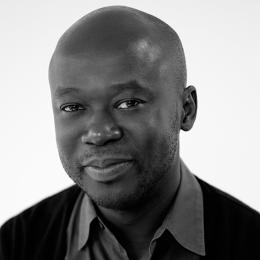
We spoke to Adjaye about exploring his sensibility at a smaller scale, how his design for the hotly anticipated National Museum of African-American Culture is progressing, and if any of those rumors about his firm designing Obama’s library are true.
Co.Design: You’ve recently released a few furniture pieces. Tell us about translating your perspective into products.
David Adjaye: Over the last five years I’ve turned my attention to more human-scale objects. It’s been fascinating. It’s something I wanted to do but wasn’t sure if I could. Knoll were really great in allowing me to enter this field.
My architectural projects are about unfolding different modernities and trying to understand how we live in the world now. Furniture is part of that language for me. Trying to make furniture that will fit within that narrative feels like the right extension. Between making very large projects—which are taking a long time, like seven to eight years—working with furniture seems like the appropriate thing to test new ideas. I can work at a different speed.
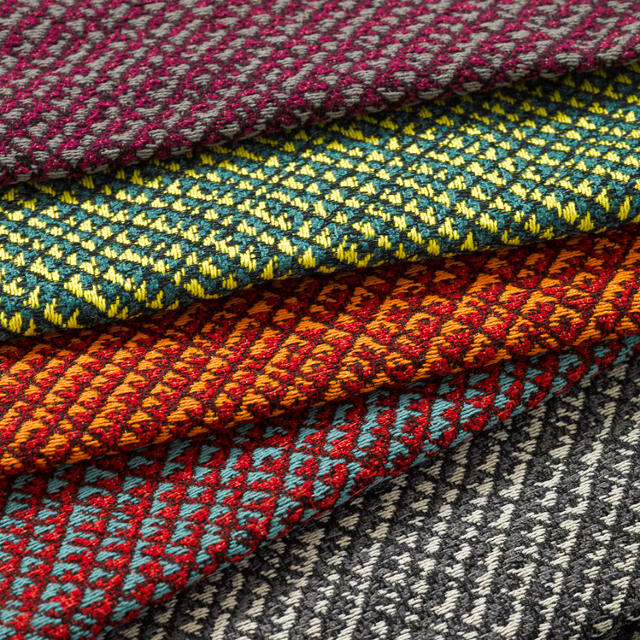
What are the biggest shifts in how we live today, and how does your furniture respond?
It has to do with the blurring relationship between formal and informal life. We blur a lot more now. Sometimes we want things to be formal but we want them to be aesthetically casual, which is a complete contradiction. It’s blurring our public and private lives. We want workspaces that are also like play spaces or leisure spaces. We don’t want them just to be formal, functional workspaces. These things are all contributing to a very different paradigm about how we want the things around us to perform.
The beauty of design is it’s always evolving and shifting.
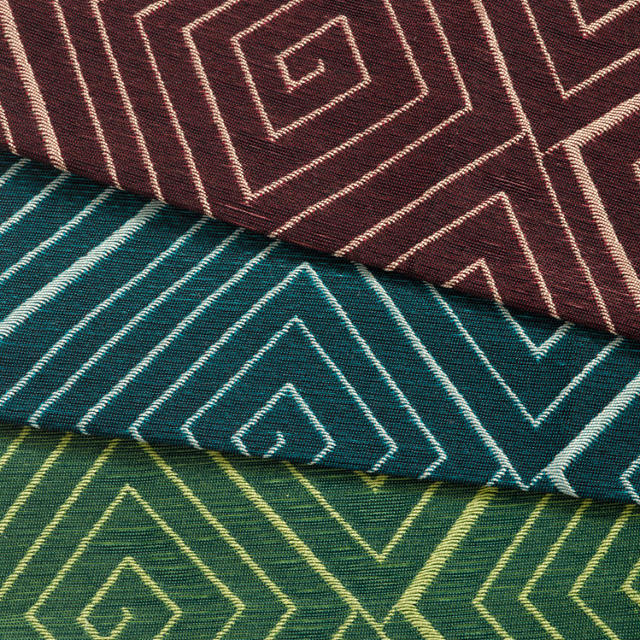
Tell us about the KnollTextiles collection you just launched at NeoCon. What was the most exciting part of the collaboration?
Some talk about fabric and textiles as being the foundation of architecture and urbanism. Philosophically, the idea of the city was about bringing people together very closely and that relates to weaving. Fabric brings material close together and makes a bind. There’s a lot of philosophical meditation on that and the notion of cities.
I have a philosophical relationship to it and I am very interested in craft and the craft traditions impaired over time through textiles and weaving. I wanted to look at different material effects and see if I could make a range that had different possibilities across it, from abstraction to figuration—very figural pieces to very abstract, very notational pieces.
First you see the product, wonder about what you think you’re seeing, come closer, see something else. The fabrics change scale and perception depending on your relationship to it spatially.
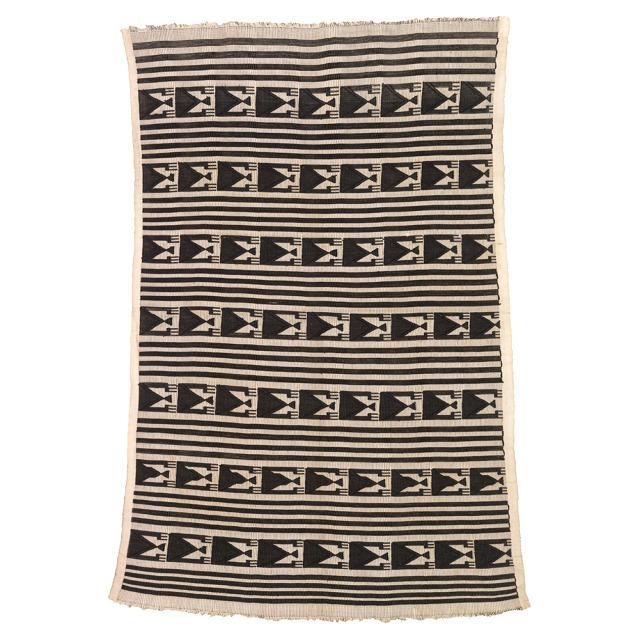
Was there a specific weaving technique that inspired the collection?
It’s everything from basket weaving to reed weaving to the weavers of Nigeria. It’s not something in particular; it’s the idea of how textiles are brought to market and to people.
I also really wanted to capture the the presence of the human hand, which is important in weaving. “Misssteps,” like pulling of string, gives things a look that’s a bit more antique to create organic relationships pursued through 21st-century digital technology.
I found real joy in this idea going back to the 1950s and 19th century of weaving that acknowledges mistakes and aestheticizes them as a kind of virtue rather than a problem that needs to be eradicated. I wanted to bring that back into textiles. Yes, we embrace technology and modern processes, but we don’t lose the quality that makes it human and really beautiful.
[Editor’s note: The human element, for example, is represented in the Harare wallcovering in the slide show above. It has the appearance of hi-low random slubs, which occurs in weaving. The digitally printed Kusami design mimics the look of hand-painted fabric.]
Like the fabrics, the Prism collection for Knoll—which includes a lounge chair, table, and stool/ottoman—also won a NeoCon award this year. Can you tell us about developing the pieces?
Prism was launched conceptually at the same time as the Washington Skin and Bone chairs but it took a while to perfect. It plays into this idea of the geometry—the diagonal and the diamond—whereas the Washington Skin and Bone was about supporting the body effortlessly in a sitting position.
Prism is really about creating podiums for the body. It frames you and it’s incredibly comfortable. When they’re empty, they look sculptural and powerful in the space. They don’t look like ubiquitous furniture; they contribute character to the environment.
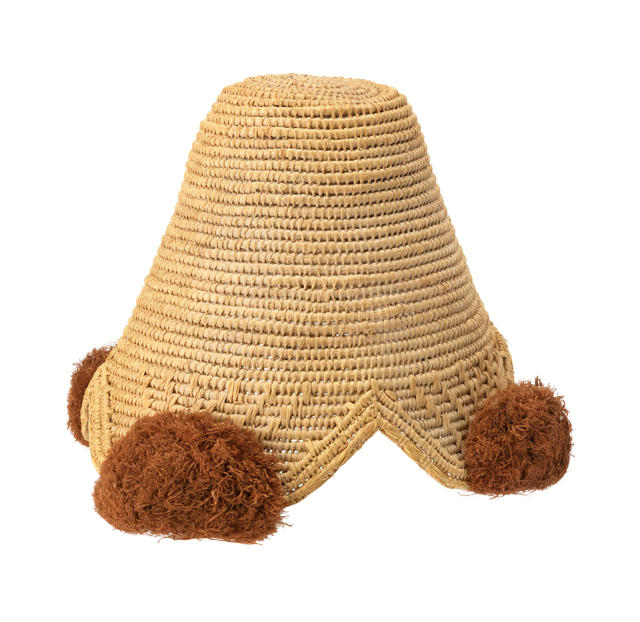
When you’re thinking about covering your furniture, do you think about it the same way as if you were applying skin to a building?
Putting fabrics on furniture is different than putting skin on a building. To me they have to play a tonal and textural sort game with the environment I’m trying to create.
When I’m thinking of furniture and textiles, I’m thinking about the notion of atmosphere as emotional spaces for human beings. Buildings are, in a way, abstractions of how you organize building elements whereas a fabric is about atmospheres and human emotion. That’s really the critical thing.
Speaking of projects that take many more years than developing a fabric or furniture collection, how are things progressing with the National Museum of African-American Culture?
It’s so exciting that after seven years it’s finally being finished. The exterior skin is entirely on it. If you go past the Mall right now, you’ll see it shimmering in the light. It’s very exciting for me to see. There’s a lot of work going on in the interior right now. We’re finishing the interiors and public spaces for an opening predicted to be in May 2016. The building will be complete by the end of the year. I’m very honored to work on this project. It’s been an extraordinary journey.
Your name has been in the conversation about Obama’s presidential library. Is that something your firm is undertaking?
There’s been no discussion on architects for that project. We’d all love to be part of it but there’s nothing. They’ve just decided on which city [Chicago] and we hope that somebody will get a call for this amazing project.
How are your projects in Africa coming along?
We’re working on several master plans. We just finished a design hub in Lagos, Nigeria, called Alara. That had a soft opening but is fully launching in September. We’re working on commercial projects in South Africa and cultural projects in Ghana, Gabon, and Rwanda. We’re also working on a large project for the World Bank headquarters in Dakar, Senegal. We’re thrilled to be part of the reimagining of the architectural world on the continent.
[All Images: courtesy Knoll]
Fast Company , Read Full Story
(155)











